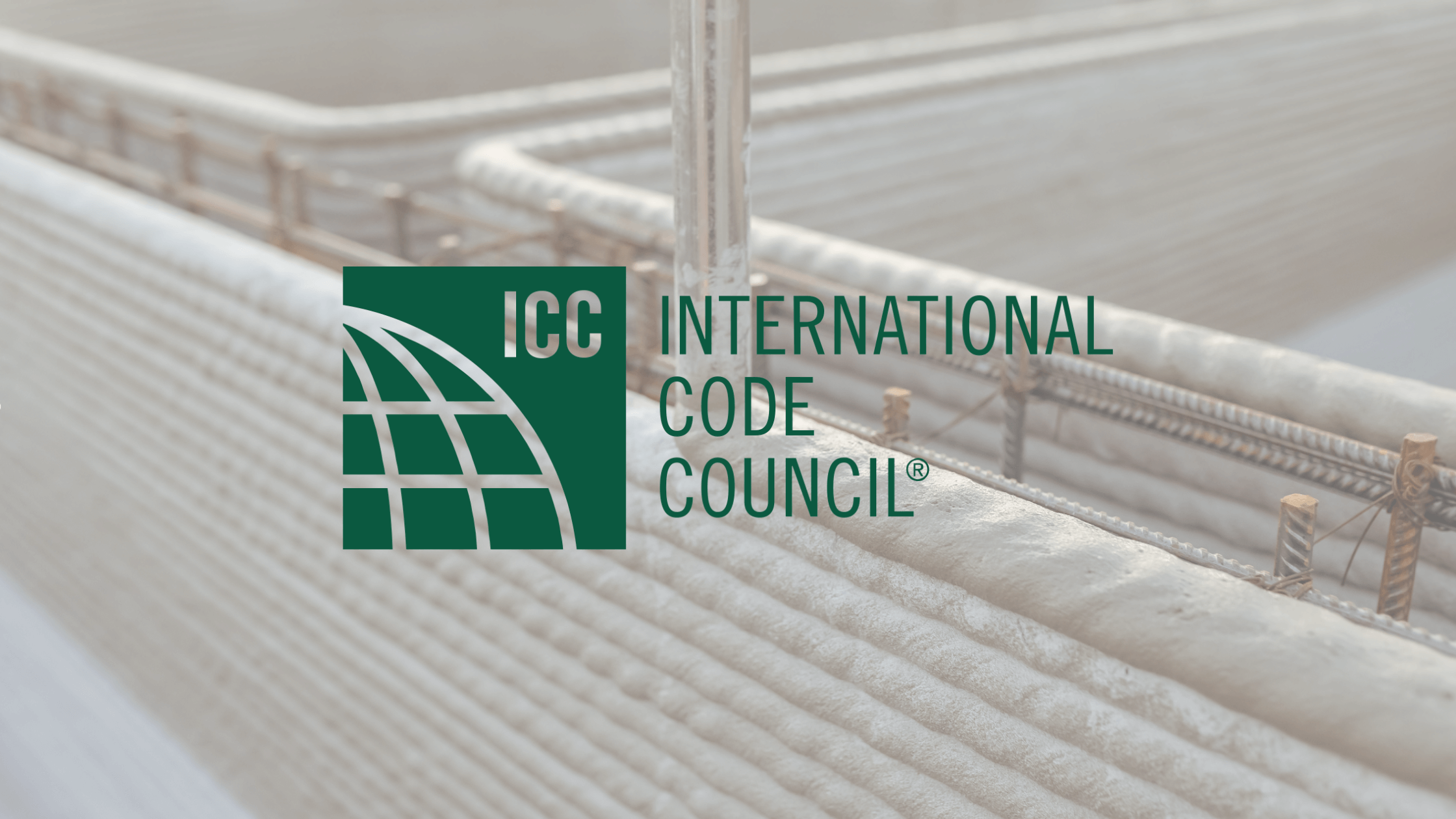The International Code Council (ICC) is developing new guidelines for 3D automated construction technology, specifically targeting 3D concrete walls. These standards aim to provide clear requirements for constructing both interior and exterior 3D-printed concrete walls, applicable to structures with or without steel reinforcement. The guidelines will cover various wall types across single and multi-story buildings, including load-bearing, non-load-bearing, and shear walls.
Implications for 3D printing in construction
Introducing building codes for 3D printing in construction could remove one of the biggest barriers to wider adoption. Standardized guidelines give architects, engineers, and builders the clarity they need to confidently incorporate 3D-printed elements into projects.
For construction firms, this could mean faster approvals, fewer regulatory hurdles, and a clearer path to integrating automated printing technology into large-scale projects. More consistent regulations could also encourage investment in 3D printing equipment and materials, making the technology more accessible.
At the same time, stricter standards may introduce additional compliance requirements, which could increase costs or require modifications to existing 3D printing methods. However, with a defined regulatory path, the industry would have a better foundation for scaling up 3D-printed construction while ensuring safety and structural integrity.
What this means for 3D building companies
The ICC’s initiative to establish standards for 3D-printed concrete walls signifies a pivotal moment for the architecture, engineering, and construction sectors. Clear guidelines can streamline the approval process for 3D-printed structures, potentially reducing project timelines and costs. Moreover, standardized codes can enhance safety and reliability, fostering greater trust among stakeholders and clients.
These developments could increase opportunities for 3D building companies in residential and commercial markets. With defined codes, companies can more easily demonstrate compliance, making securing permits and undertaking larger projects simpler. Additionally, standardized practices can facilitate better training and workforce development, ensuring that professionals are well-equipped to implement 3D printing technologies effectively.
As the ICC moves forward with these standards, companies in the 3D construction space must stay informed and engaged. Participating in public hearings allows industry professionals to provide input and prepare for the forthcoming changes. By proactively adapting to these standards, 3D building companies can position themselves at the forefront of innovation in the AEC industry.
To stay updated on developments like these and other construction-related topics, follow us on social media and subscribe to our weekly newsletter at Under the Hard Hat.




1 comment
Steve Zembrzuski
weekly newsletter please